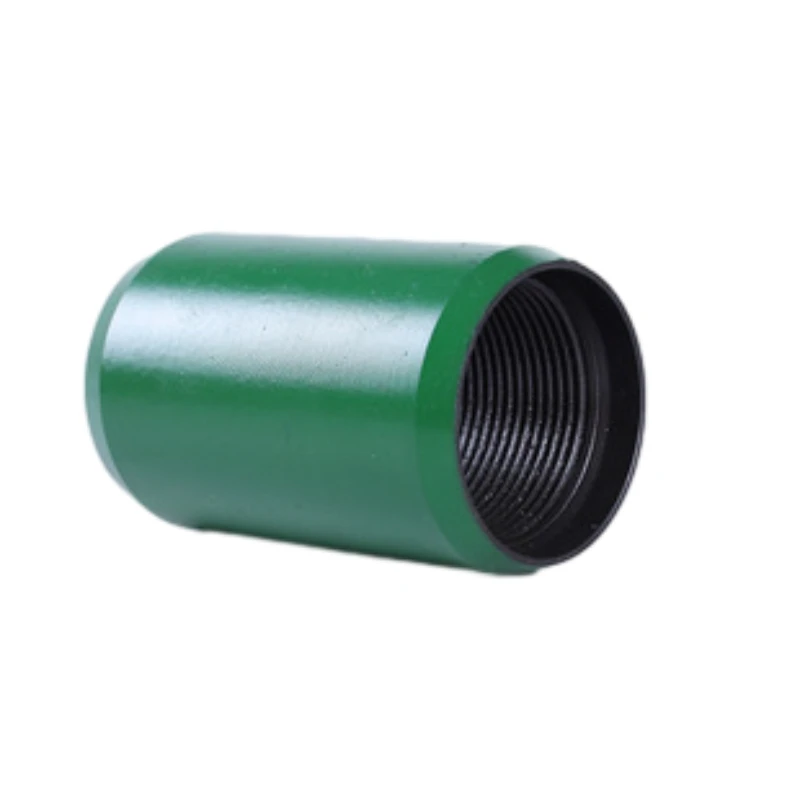Understanding the Purpose and Function of a Bull Plug in Plumbing
What is a Bull Plug Used For?
In various fields, particularly in the realm of plumbing and mechanical work, specialized tools and fittings play essential roles in ensuring systems operate efficiently and effectively. One piece of equipment that often comes up in discussions about plumbing fittings is the bull plug. But what exactly is a bull plug, and what is it used for?
A bull plug, also known as a blind plug or simply a plug, is a type of fitting designed to seal off a pipe or fitting. The primary function of a bull plug is to close the end of a pipe securely, preventing the flow of liquids or gases. This is particularly important in applications where the pipe will not be in service, needs to be maintained, or when a section of the piping system requires isolation for any reason.
Characteristics of Bull Plugs
Bull plugs come in a variety of sizes and materials, making them versatile for many applications. Most common materials include metals like steel and brass, as well as plastics like PVC and CPVC. The choice of material often depends on the type of system they are being used in and the media they will be containing. For example, metal bull plugs are preferred in high-pressure systems, while plastic plugs may be suitable for lower-pressure applications involving water or chemicals.
The design of a bull plug usually features a threaded exterior that fits into the internal threads of a pipe fitting. This allows for a secure and leak-proof seal. Some bull plugs come with a hexagonal head, making them easier to install or remove with a wrench. Others may have a smooth design intended for use with special tools.
Applications of Bull Plugs
what is a bull plug used for

1. Piping Systems Bull plugs are commonly used in both residential and industrial plumbing systems. They can close off unused branches of piping, preventing leaks and maintaining pressure in the system. This is especially critical in systems where pressurization is necessary, such as in HVAC systems or water supply lines.
2. Maintenance and Repair When repairs or maintenance work is required on a piping system, it’s often necessary to isolate specific sections of the system. Bull plugs make it possible to temporarily seal off these areas. This allows technicians to safely work on one section while maintaining overall system integrity.
3. Hydraulic and Pneumatic Systems In hydraulic and pneumatic applications, bull plugs are used to close unused ports or connectors in cylinders and valves. This helps maintain the necessary pressure and prevents fluid or air from escaping.
4. Industrial Equipment In various industrial settings, bull plugs play a crucial role in machinery and equipment. They may be used to cover port holes or to block inlets and outlets during testing phases or when the equipment is taken offline for maintenance.
5. Chemical Processing In chemical processing facilities, bull plugs can be essential in managing the flow of various substances. They ensure that hazardous materials remain contained, thereby enhancing workplace safety.
Conclusion
In summary, a bull plug is an integral component in many plumbing and mechanical systems. Its primary purpose is to seal off pipe ends securely, whether temporarily or permanently, to prevent leaks and maintain system effectiveness. With applications ranging from residential plumbing to complex industrial processes, understanding the function and utility of bull plugs is essential for professionals in various fields. Whether you're a plumber, a maintenance technician, or an engineer, recognizing the importance of these simple yet vital components ensures safe and efficient operation in any system.
-
Choosing the Right Pup Joint Manufacturers for Oil and Gas OperationsNewsAug.22,2025
-
Tubing Coupling: The Small Connector with a Big ImpactNewsAug.22,2025
-
Tubing Crossover: The Essential Connector for Well IntegrityNewsAug.22,2025
-
Precision Flow Control in Well CompletionsNewsAug.22,2025
-
Casing Pup Joint for Optimal Well PerformanceNewsAug.22,2025
-
Reliable Connections with Wholesale Finished Casing CouplingNewsAug.22,2025







